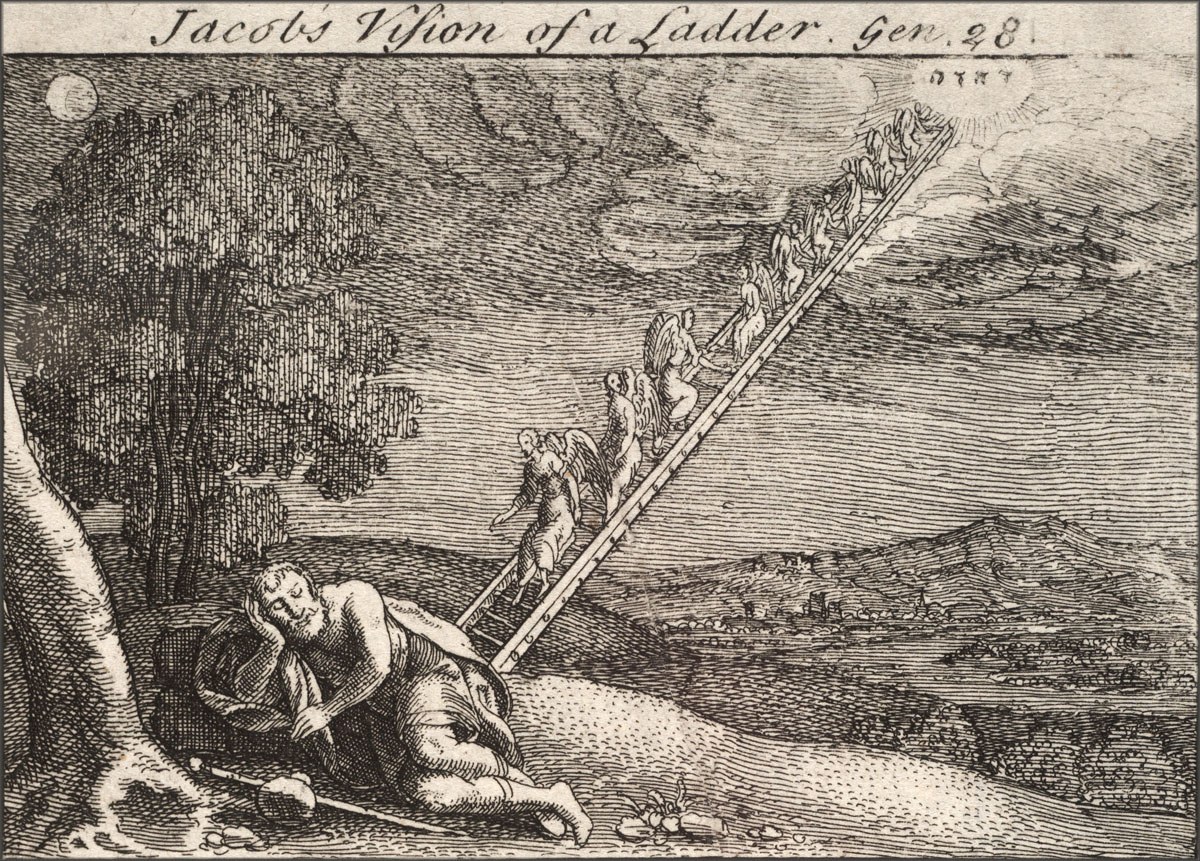With the rise of New Age thought, the concept of visualisation has taken prominence within magic which it does not completely deserve.
One of the Facebook groups I was involved with had someone who insisted that there was no need to do all this messy innovation and set up physical circles with expensive equipment, all you need to do is visualise.
In some ways he was correct. There is a long tradition of using visualisation in magic and some in the Western Mystery Tradition have walked away from physical work in favour of techniques such as pathworking and inner work. In other ways, he was wrong, because like most things in an argument of extremes, both dualities are correct and the truth is in a middle way.
On the surface, if I want to work with Lillith I can do a ritual and invoke her or I can pathwork into her sphere of sensation and communicate with her. However, on their own neither will be completely successful.
Think of it as dialling a call with the goal of calling a friend. Normally you would put a number into a phone and if they are there they pick it up. An invocation on its own is like dialling the number, hearing the person answer and stating what you want and then hanging up. Doing a pathworking is like looking at the phone, not dialling the number and physically going and looking for them.
A balanced view is that you do an invocation in a ritual environment and then visualise the spirit coming to you and then you talk to it.
This dual approach has several values. You are bringing the spirit into a level where it can interact on a more physical level. This makes the ritual more effective because the invocation process provides the spirit with enough energy to work at this level. Although it makes visualisation harder, it provides more impact to the psych which sees the spirit in an immediate physical environment and limits contact in such a way that it limits flights of fantasy. An invocation focuses the imagination to ensure that the being you are getting is more like what you intended. All visualisation work is played through a magician’s unconscious (for good or bad) which means that the being you think you are talking to is going to include a lot of your perceptions.
While a ritual does not remove all of this, it does remove some of it and drags the unconscious back to the script (sometimes literally). The ritual process of purification and consecration of self and symbols limits unconscious negativity and enables a clearer vision of the spirit.
From the spirit’s perspective, it has a stronger channel to make a connection with the human through the invocation and the ritual.

Theodore Rose has demonstrated clearly that one don’t need to magic in a ceremonial way IF what’s wanted concerns practical results.
Of course, all those guys that have spent YEARS training and doing ceremonial magic will argument till the infinite against it, BUT most of these same guys are only armchair magicians who won’t put the Mr. Rose’s book to test, preferring to continue the “theoretical” discussion.
Using Theodore Rose as proof if someone is an armchair magician or not really that fair. I had to Google him and he is not that well known. In any event I am extremely practical and never felt the need to fart around with satanic stuff (not really that interested in Christianity)